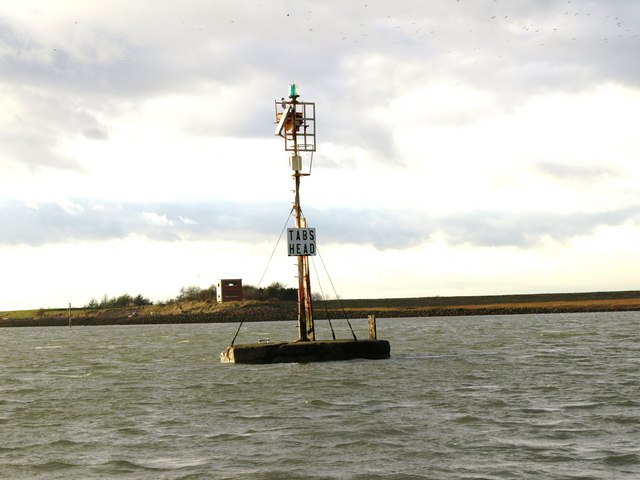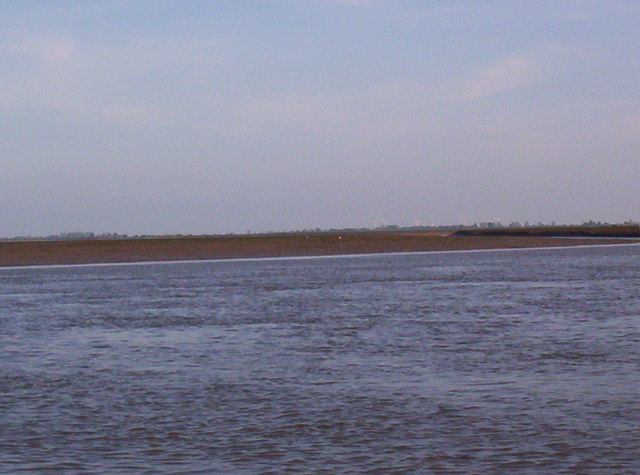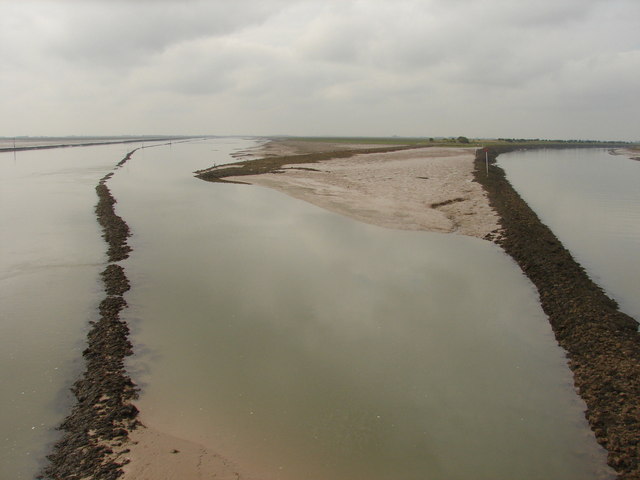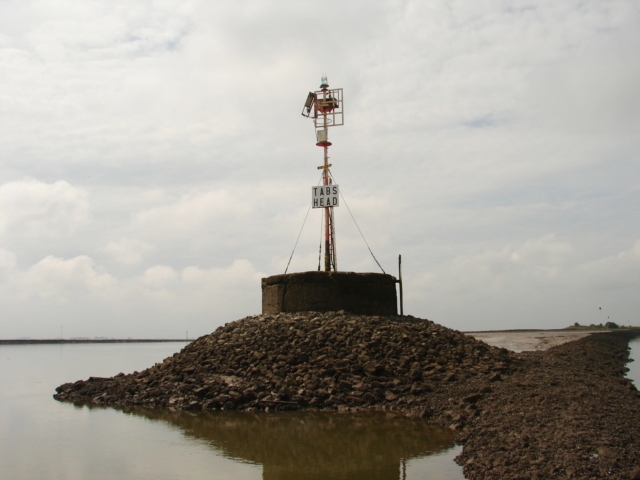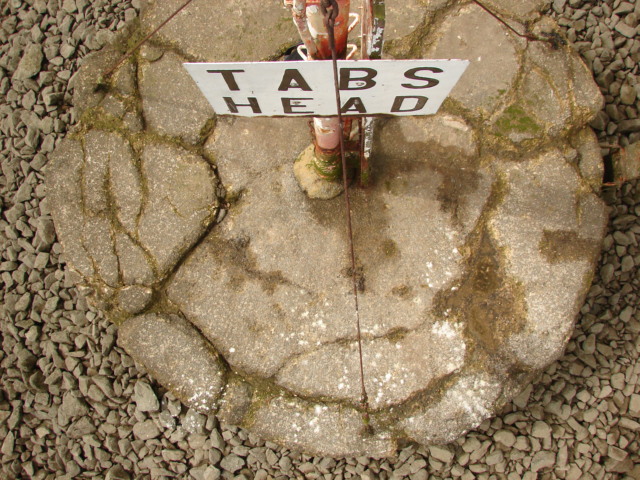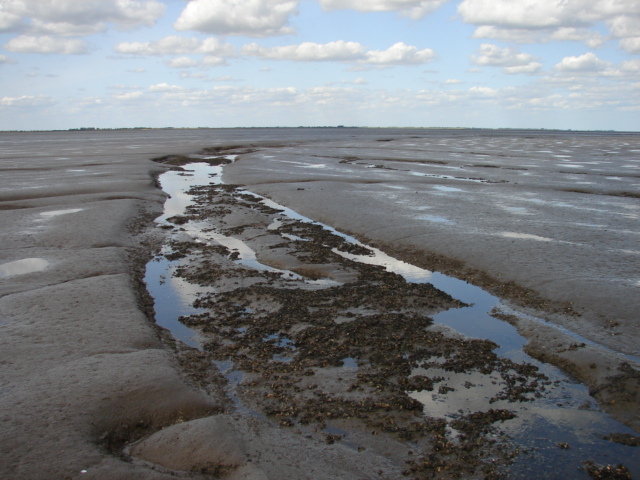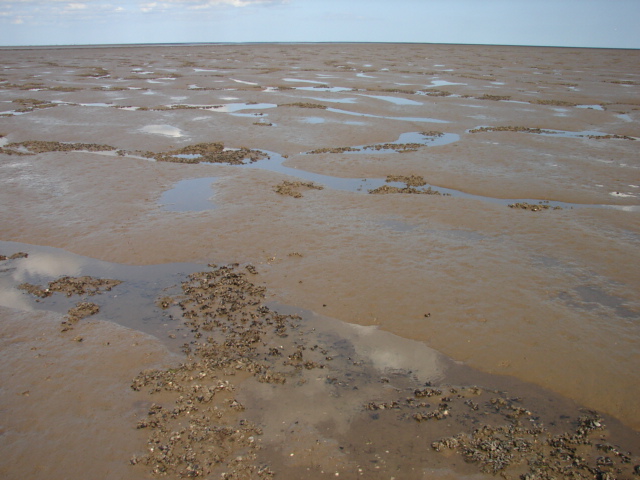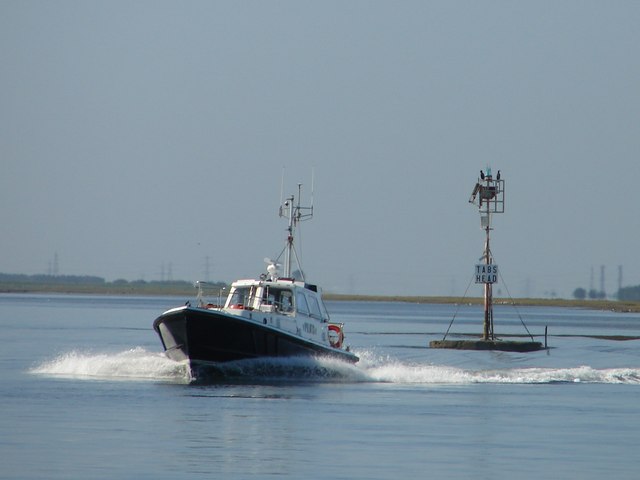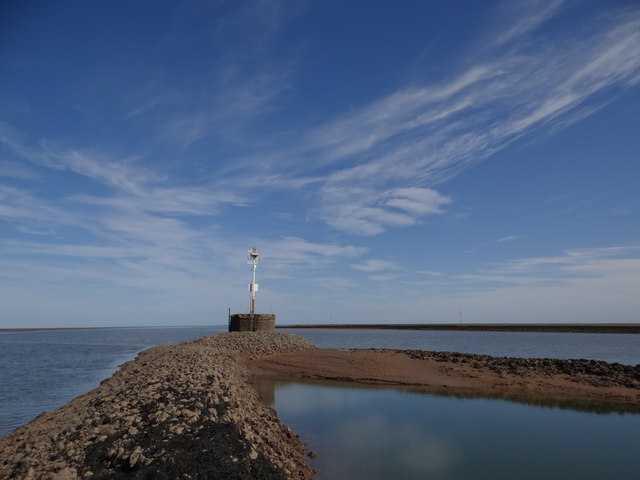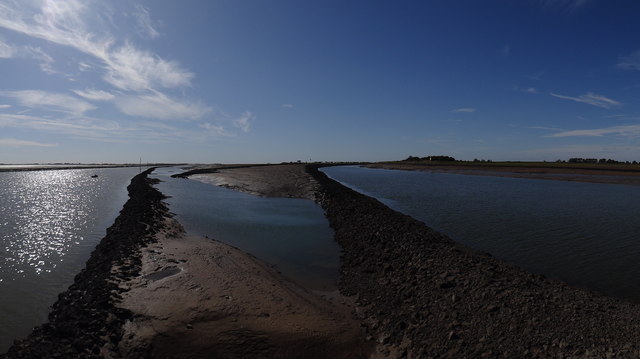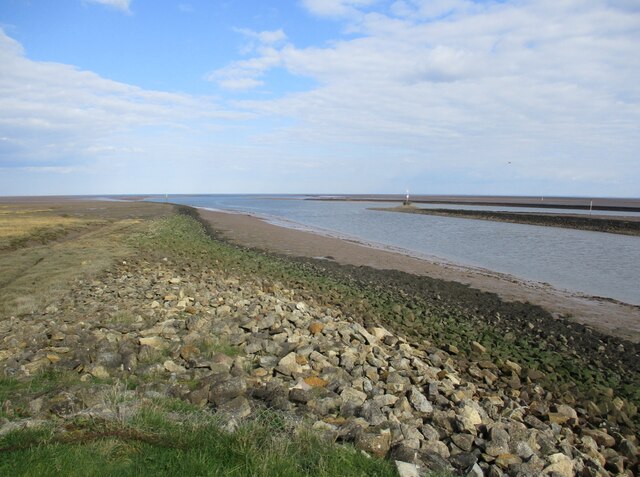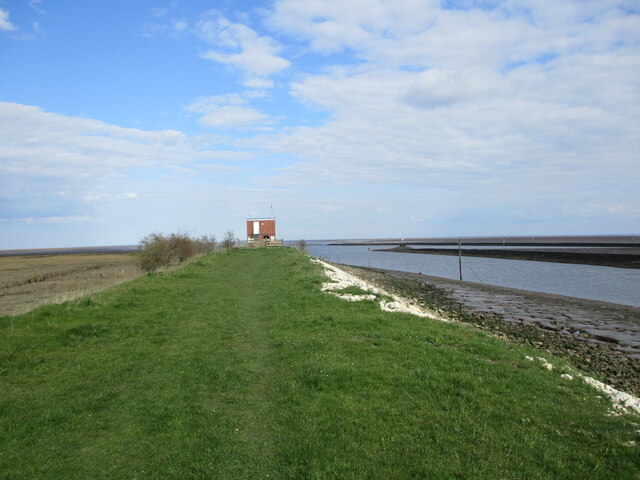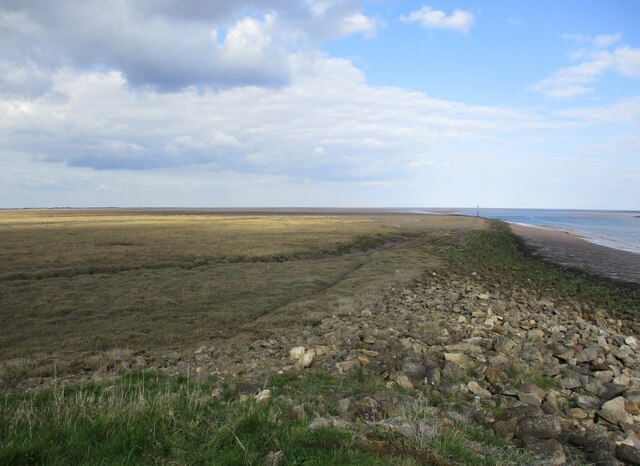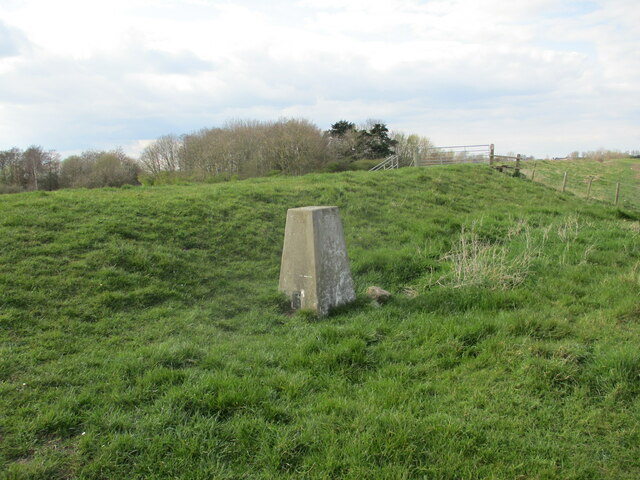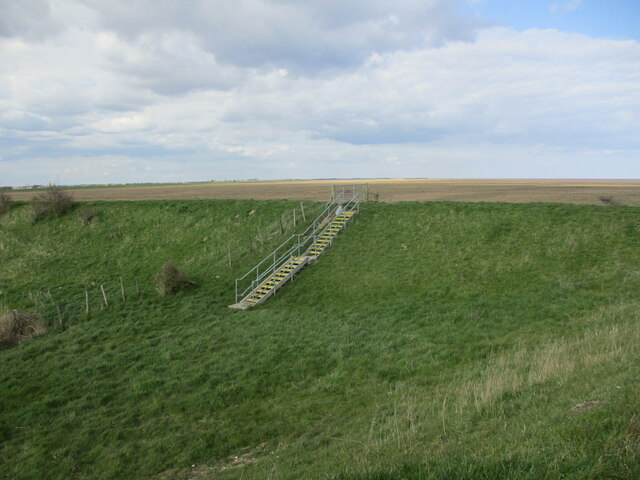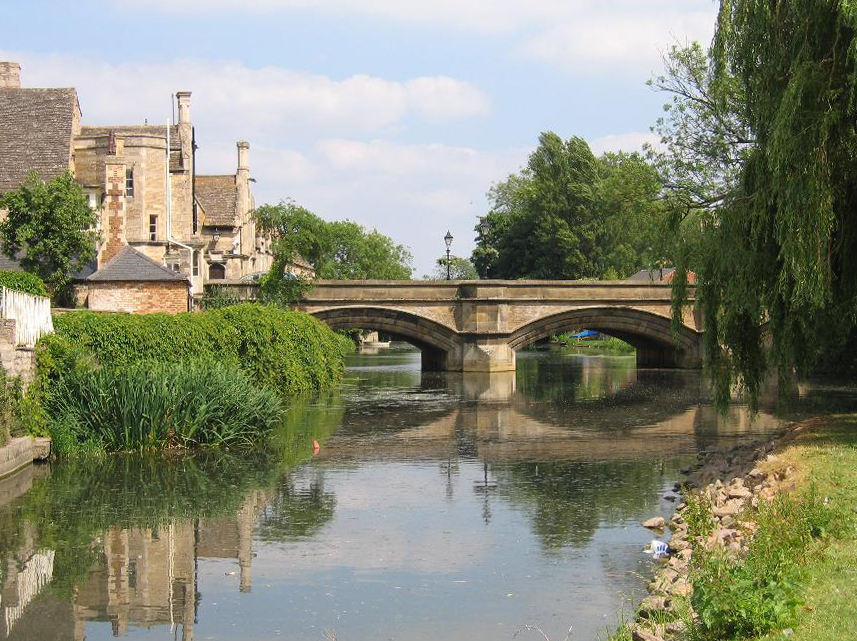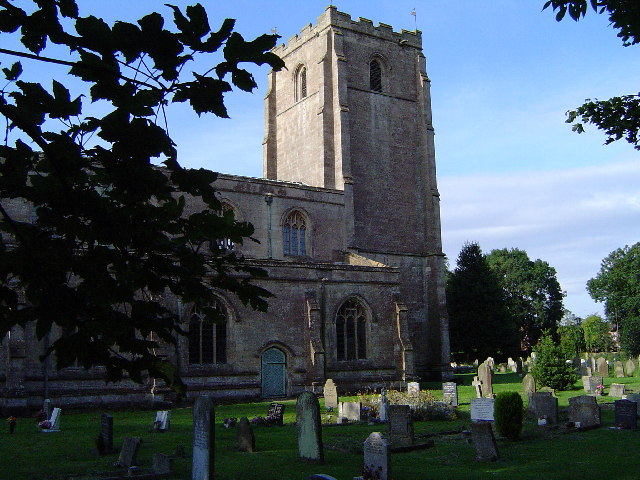Black Buoy Sand
Coastal Marsh, Saltings in Lincolnshire South Holland
England
Black Buoy Sand
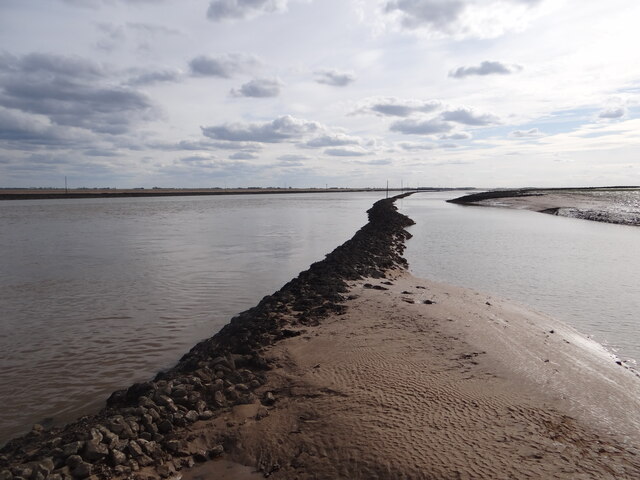
Black Buoy Sand is a coastal marsh located in Lincolnshire, England. It is situated along the eastern coast of the country and is known for its unique landscape and diverse ecosystem. The area is characterized by its vast expanse of sandy beaches and sprawling salt marshes, making it an important habitat for various plant and animal species.
The sand at Black Buoy is distinctive due to its dark color, which is believed to be a result of the presence of iron oxide in the sediment. This gives the beach a unique and visually striking appearance. The sand is fine-grained and compact, making it ideal for activities such as walking, sunbathing, and picnicking.
The coastal marshes and saltings of Black Buoy are of great ecological importance. They provide a vital habitat for a wide range of plant species, including salt-tolerant grasses, shrubs, and herbs. These plants have adapted to the saline conditions and play a crucial role in stabilizing the sand dunes and preventing erosion.
The area is also home to a diverse array of bird species, including waders, terns, and gulls, which nest and feed in the marshes. Black Buoy is a designated nature reserve, and visitors can often observe these birds in their natural habitat, particularly during the breeding season.
In addition to its natural beauty and ecological significance, Black Buoy Sand offers stunning views of the North Sea and is a popular destination for tourists and locals alike. The beach provides ample opportunities for beachcombing, kite flying, and other recreational activities, making it a cherished spot for outdoor enthusiasts.
If you have any feedback on the listing, please let us know in the comments section below.
Black Buoy Sand Images
Images are sourced within 2km of 52.916881/0.077627798 or Grid Reference TF3937. Thanks to Geograph Open Source API. All images are credited.
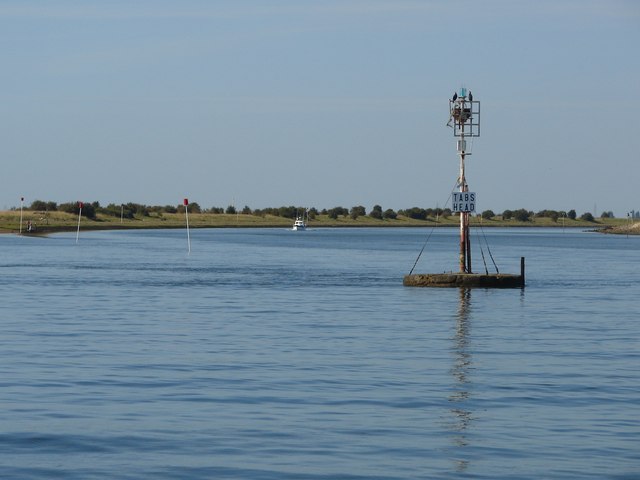
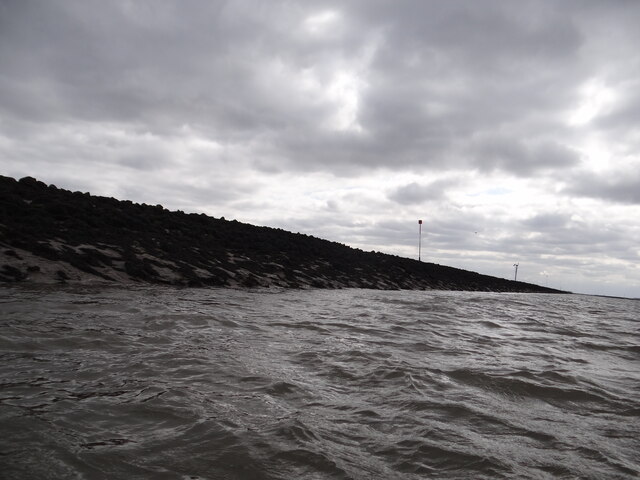
Black Buoy Sand is located at Grid Ref: TF3937 (Lat: 52.916881, Lng: 0.077627798)
Administrative County: Lincolnshire
District: South Holland
Police Authority: Lincolnshire
What 3 Words
///hotel.gems.unloading. Near Fishtoft, Lincolnshire
Nearby Locations
Related Wikis
HM Prison North Sea Camp
HM Prison North Sea Camp is a men's open prison (Category D), located on the edge of the parish of Freiston (near Boston) in Lincolnshire, England. North...
RSPB Frampton Marsh
Frampton Marsh is a nature reserve in Lincolnshire, England. The reserve is situated on the coast of The Wash, some 4 miles from the town of Boston, between...
River Welland
The River Welland is a lowland river in the east of England, some 65 miles (105 km) long. It drains part of the Midlands eastwards to The Wash. The river...
Pilgrim Fathers Memorial
The Pilgrim Fathers Memorial is located on the north bank of The Haven at the site of the former Scotia Creek, Fishtoft, seaward of Boston in Lincolnshire...
Freiston Shore
Freiston Shore is a settlement in the Borough of Boston, in Lincolnshire, England. It is in the civil parish of Freiston, and approximately 4 miles (6...
Holbeach St Matthew
Holbeach St Matthew is a small fenland village in the South Holland district of southern Lincolnshire, England. It lies 6 miles (10 km) north-east from...
Fishtoft
Fishtoft is one of eighteen civil parishes which, together with Boston, form the Borough of Boston in the county of Lincolnshire, England. Local government...
Boston Rural District
Boston was a rural district in Holland, Lincolnshire from 1894 to 1974. It was formed from the Boston rural sanitary district by the Local Government Act...
Have you been to Black Buoy Sand?
Leave your review of Black Buoy Sand below (or comments, questions and feedback).
